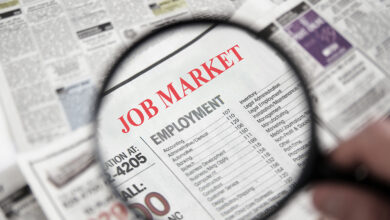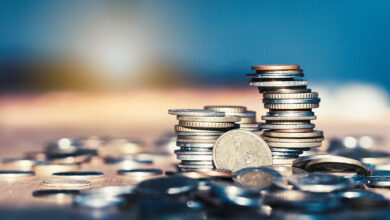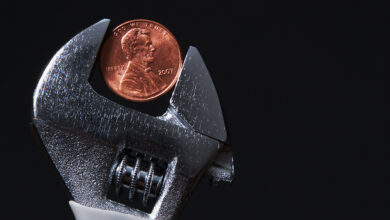
KPI – June 2024: State of Manufacturing
KPI – June 2024: State of Business – Automotive Industry
KPI – June 2024: State of the Economy
KPI – June 2024: Recent Vehicle Recalls
Below is a synopsis of consumer confidence, sentiment, demand and income/spending trends.
The Conference Board Consumer Confidence Index® edged up in May to 102.0 (1985=100) compared 97.5 in April (a slight upward revision). The Present Situation Index – based on consumers’ assessment of current business and labor market conditions – increased to 143.1 (1985=100) in May. Meanwhile, the Expectations Index – based on consumers’ short-term outlook for income, business and labor market conditions – rose to 74.6 (1985=100). Despite the improvement, the Expectations Index remained below 80 for the fourth consecutive month – a reading which historically signals a recession ahead.
Data shows confidence improved among various age and income groups, including those making over $100K, according to Dana Peterson, chief economist at The Conference Board. On a six-month moving average basis, confidence continued to be highest among the youngest (under 35) and wealthiest (making over $100K) consumers.
According to a supplemental survey question, however, consumers pointed to elevated price levels, especially in food and groceries, as having the greatest impact on their view of the U.S. economy. In addition, consumers were less optimistic about their family’s financial situation, both currently and over the next six months.
“The survey also revealed a possible resurgence in recession concerns. The Perceived Likelihood of a US Recession over the Next 12 Months [indicator] rose again in May, with more consumers believing recession is ‘somewhat likely’ or ‘very likely,’” says Peterson.
The University of Michigan Survey of Consumers – a survey consisting of approximately 50 core questions covering consumers’ assessments of their personal financial situation, buying attitudes and overall economic conditions – finished at a disappointing 69.1 in May. According to preliminary reports, sentiment dropped to a 7-month low in the beginning of June.
In the previous report, consumer sentiment decreased across age, income and education levels, according to Joanne Hsu, director of Survey of Consumers. While consumers were holding back judgement in recent months, Hsu noted they are becoming more vocal about perceived negative developments like economic uncertainty.
As such, this month’s assessment is relatively unchanged, with consumers expressing concerns about inflation, interest rates and personal finances.
- Year-ahead inflation expectations were unchanged this month at 3.3%, above the pre-pandemic range of 2.3-3.0%.
- Long-run inflation expectations edged up to 3.1% this month. While long-run inflation expectations have remained stable over the past three years, they remain elevated in comparison to a pre-pandemic range of 2.2-2.6%.
Consumer Income & Spending
According to the U.S. Bureau of Economic Analysis (BEA), in April 2024 personal income increased $65.3 billion (0.3% at a monthly rate), while disposable personal income – personal income less personal current taxes – climbed $40.2 billion (0.2%).
In addition, personal outlays – the sum of personal consumption expenditures, personal interest payments and personal current transfer payments – rose $42.8 billion (0.2%) and consumer spending increased $39.1 billion (0.2%). Personal saving registered $744.5 billion and the personal saving rate – personal saving as a percentage of disposable personal income – was 3.6% in April.
Important Takeaways, Courtesy of BEA:
- In April, the increase in personal income primarily reflected increases in compensation, personal income receipts on assets, as well as government social benefits. Services-producing industries increased $15.9 billion, while goods-producing industries increased $5.6 billion. Within services, the largest contributors to the increase were housing and utilities (led by housing), health care (both outpatient and hospital services), plus financial services and insurance (led by financial service charges, fees and commissions). A notable offset was a decrease in transportation services (led by air transportation). Within goods, the largest contributors to the decrease were recreational goods and vehicles (led by information processing equipment), as well as other nondurable goods (led by recreational items).
- The $39.1 billion increase in consumer spending reflected an increase in spending for services that was partly offset by a decrease in spending for goods.
- Overall, the PCE price index for April increased 0.3%. Prices for goods increased 0.2%, while prices for services increased 0.3%. Food prices decreased 0.2%, but energy prices increased 1.2%. Excluding food and energy, the PCE price index increased 0.2%. The PCE price index jumped 2.7% year-over-year. Prices for goods increased 0.1% and prices for services rose 3.9%. Food prices increased 1.3%, while energy prices swelled 3%. Excluding food and energy, the PCE price index increased 2.8% year-over-year.



